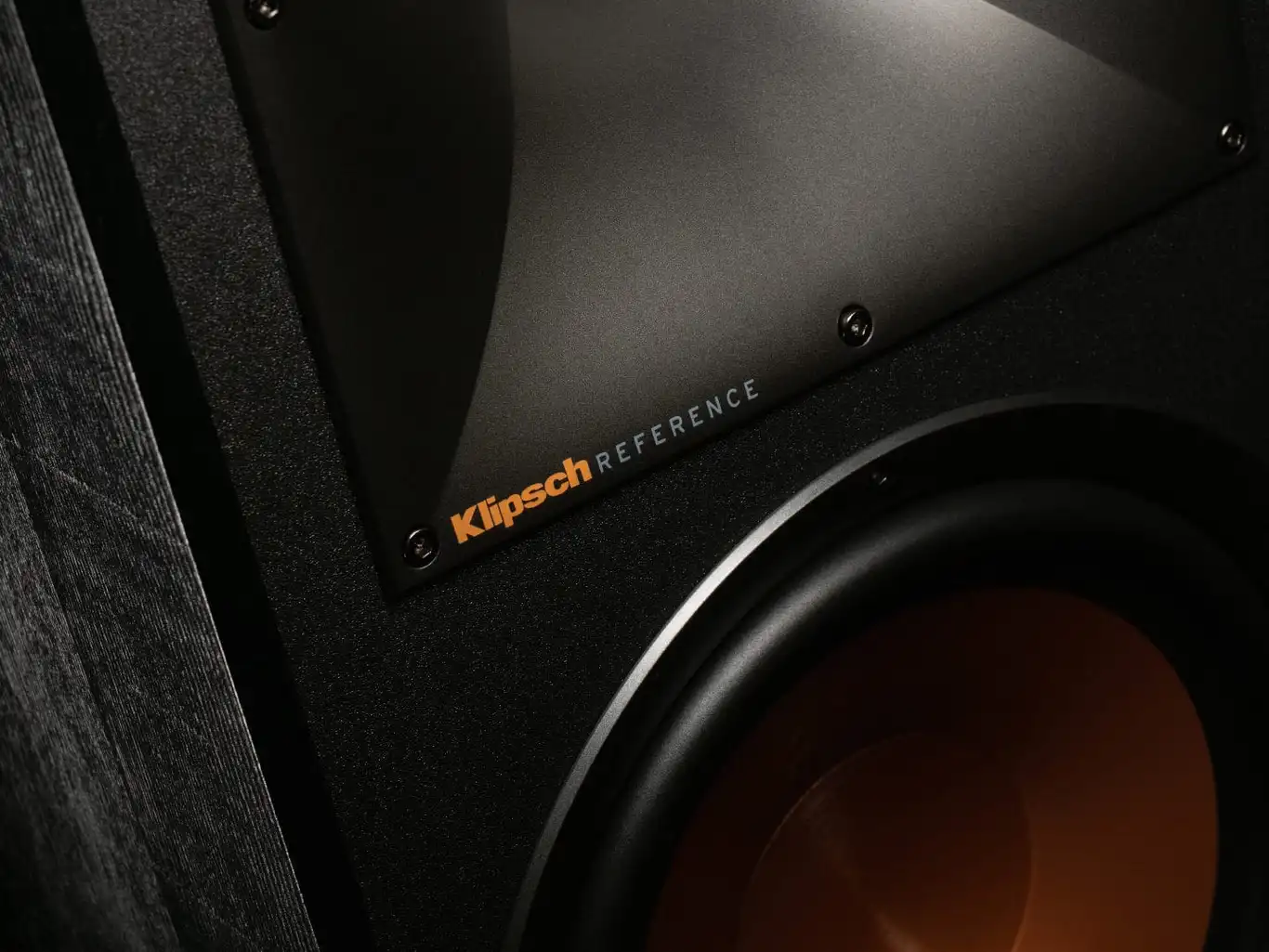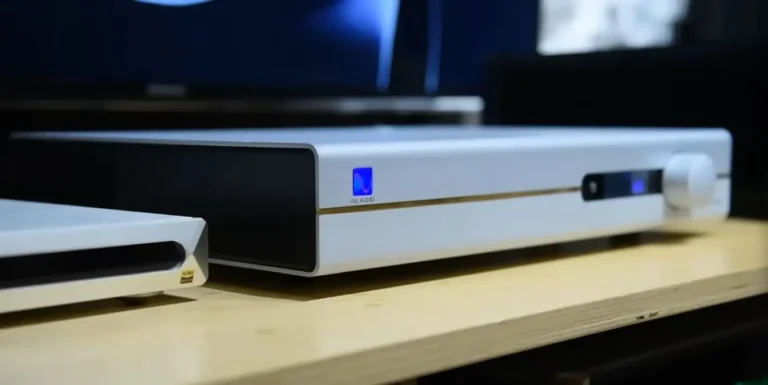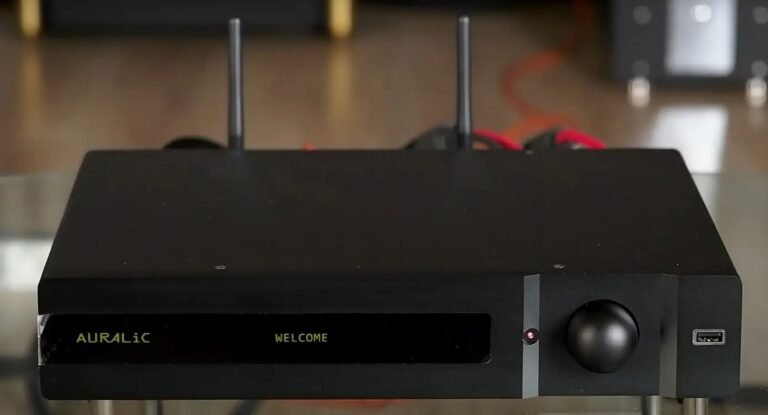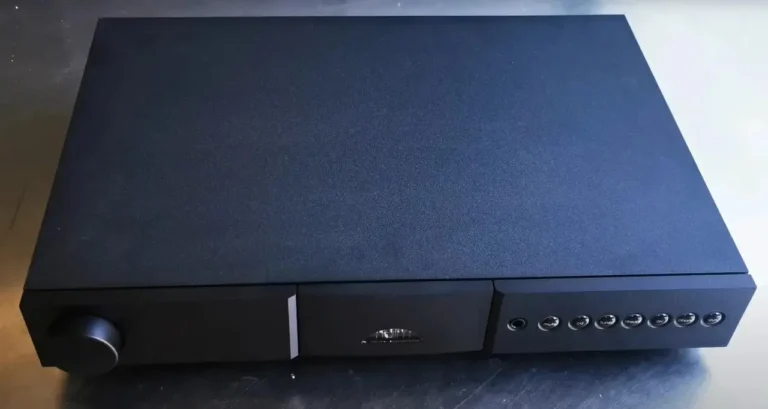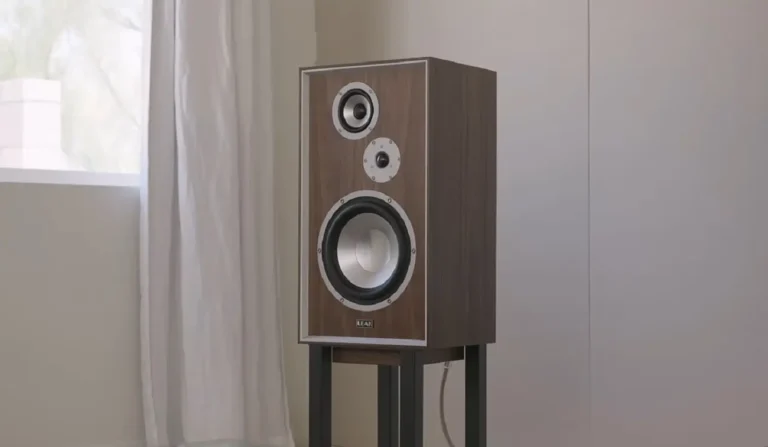I Tested the Klipsch R-820F Speakers—Here’s What Surprised Me Most
To call your entry-level line a “Reference” series is a bold move; the audio community doesn’t forgive empty claims. Our previous test of the junior Klipsch R-610F showed that, for their price, they could indeed be a benchmark. However, with their single 6-inch woofer, they inevitably lacked the deep bass response and room-filling scale for larger spaces. This prompted us to review another model from the line: the much larger, dual-woofer Klipsch R-820F.
The question was simple: Is bigger just louder, or is it truly better?
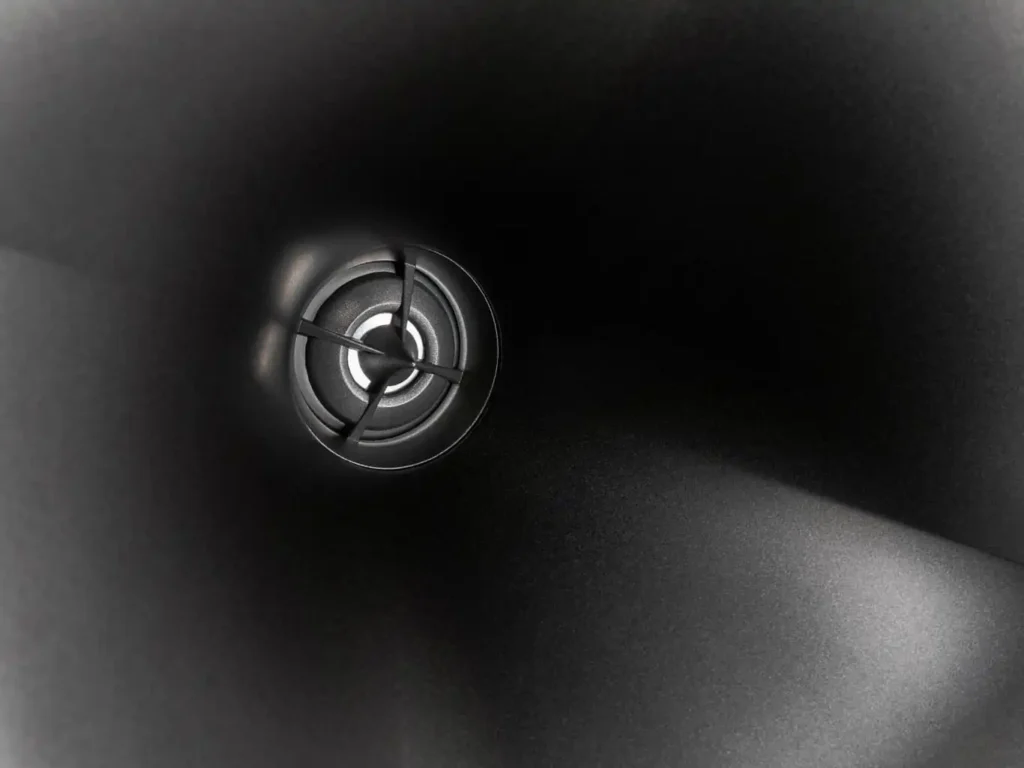
Design and Engineering: More Than Just a Bigger Box
Placing the R-610F and the R-820F side-by-side, you might think they belong to different product lines. Sharing the same brutalist design language, the R-820F is dramatically more massive and imposing. These are true floorstanding speakers that give the impression of monsters capable of filling a stadium with sound.
You might like: Klipsch R-14M Review
The spec sheet backs this up. The R-820F is nearly twice as powerful as its smaller sibling, has higher speaker sensitivity, and its bass extends a full 10Hz deeper (35Hz vs 45Hz). But the most crucial design difference lies in the iconic Tractrix Horn. The horn’s size is proportional to the woofer below it, meaning the R-820F boasts a significantly larger 20×20 cm horn. In practice, this not only balances the speaker’s visual presence but also increases the efficiency and controlled dispersion of the high-frequency driver, matching its output to the powerful dual 8-inch woofers.
Beneath the horn, the technology is familiar Klipsch Reference. A 1-inch aluminum LTS (Linear Travel Suspension) tweeter provides high detail and impressive power handling. The dual 8-inch mid-woofers are the signature copper-spun IMG (Injection Molded Graphite) cones, known for being lightweight and extremely rigid. The crossover is a simple two-way design, and even the rear bass port is horn-loaded to reduce turbulence and distortion.
The Power Requirement: Finding the Right Partner
The simple two-way design means there’s no option for bi-wiring or bi-amping. Klipsch believes a single, high-quality amplification channel is more effective, and given the R-820F’s power needs, this makes sense. These large Klipsch speakers demand 150 watts of continuous power and can handle peaks of up to 600 watts. A modest integrated amplifier will not suffice.
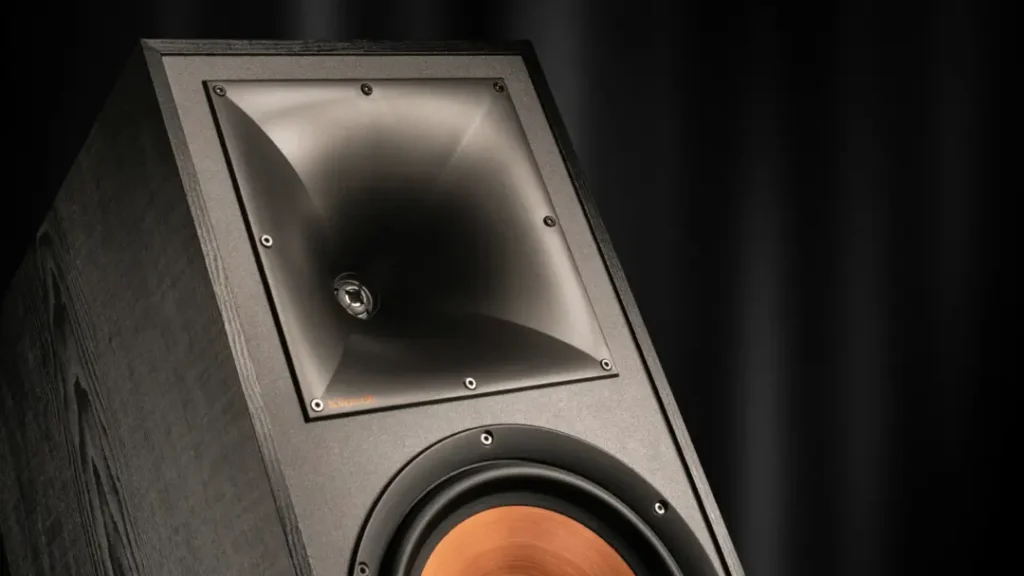
Our past experience showed that Emotiva amplifiers are an excellent match for Klipsch—sonically, aesthetically, and in price. We therefore paired the R-820F with an Emotiva A-300 stereo power amplifier, which delivers exactly 150 watts into an 8-ohm load. With a high damping factor of over 500, we expected perfect bass control. An Emotiva PT-100 preamplifier served as the DAC and phono stage, completing our test system.
The Listening Test: Power Meets Precision
As expected, the R-820F shares the same core sonic DNA as the smaller model. The controlled directivity of the Tractrix horn provides a wide field for experimentation with speaker placement while minimizing typical room reflection issues. To get the best soundstage, they must be aimed directly at the listening position.
The signature Klipsch sound—concentration, rhythm, and dynamism—is here in full force. These speakers are energetic and lively, making them perfect for classic rock, metal, jazz, and electronic dance music. The entire Daft Punk discography was an absolute joy, listened to in a single breath. During Rage Against the Machine, you might find yourself unintentionally headbanging hard enough to shake the furniture.
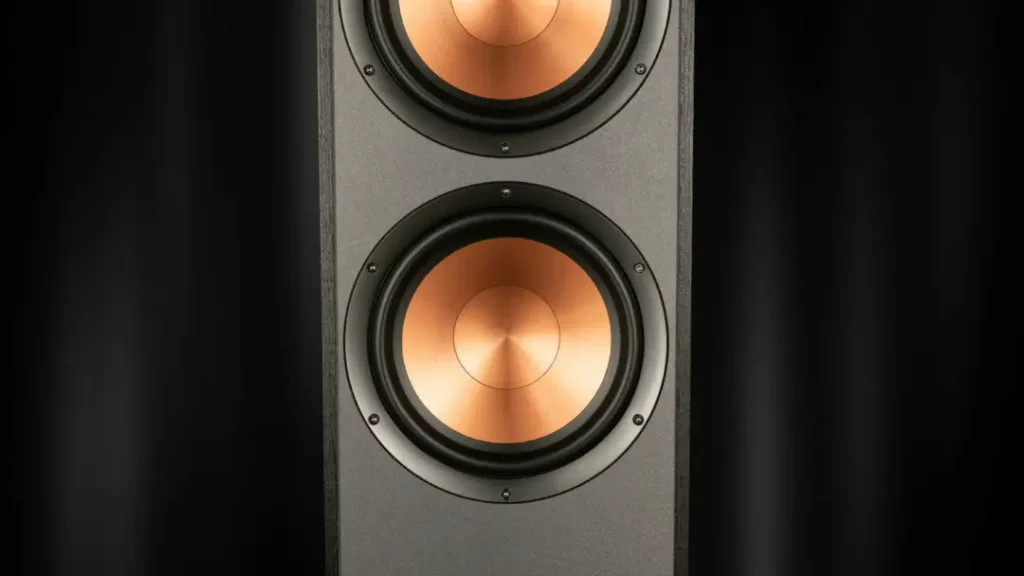
But here is the surprise we hinted at. The R-820F, powered by the high-end Emotiva separates, delivered more than just power. The sound wasn’t just detailed; it possessed a certain nobility and fidelity to tonal shades that the junior setup lacked. Intricate free jazz became genuinely exciting, and the timbre-rich duets of Ella Fitzgerald and Louis Armstrong from Porgy and Bess were breathtakingly lively and heartfelt, even from a standard CD release.
The bass depth was, of course, noticeably greater than the smaller floorstanders, but there was no sense of bloat or overhang. The lower register was simply more present and authoritative, without dominating the mix. The sound of a double bass or a symphony orchestra was perceived with an exhaustive sense of scale and foundation. It was especially nice that the bass from these big speakers remained just as clear, focused, and fast as its smaller sibling’s. While the powerful amplifier and large room helped, it proved that the speakers themselves do not hum or suffer from bass hypertrophy.
Conclusion: A Clear Step Up in Class
Despite sharing the same series name, the sound of the junior Klipsch R-610F with a simple integrated amp is extremely difficult to call identical to what we heard from the Klipsch R-820F and a two-box amplifier. The older configuration didn’t just add more bass and power—the entire class of sound grew noticeably. There were more details and shades in the music, the presentation became more noble and refined, and the macro-dynamics were beyond praise.
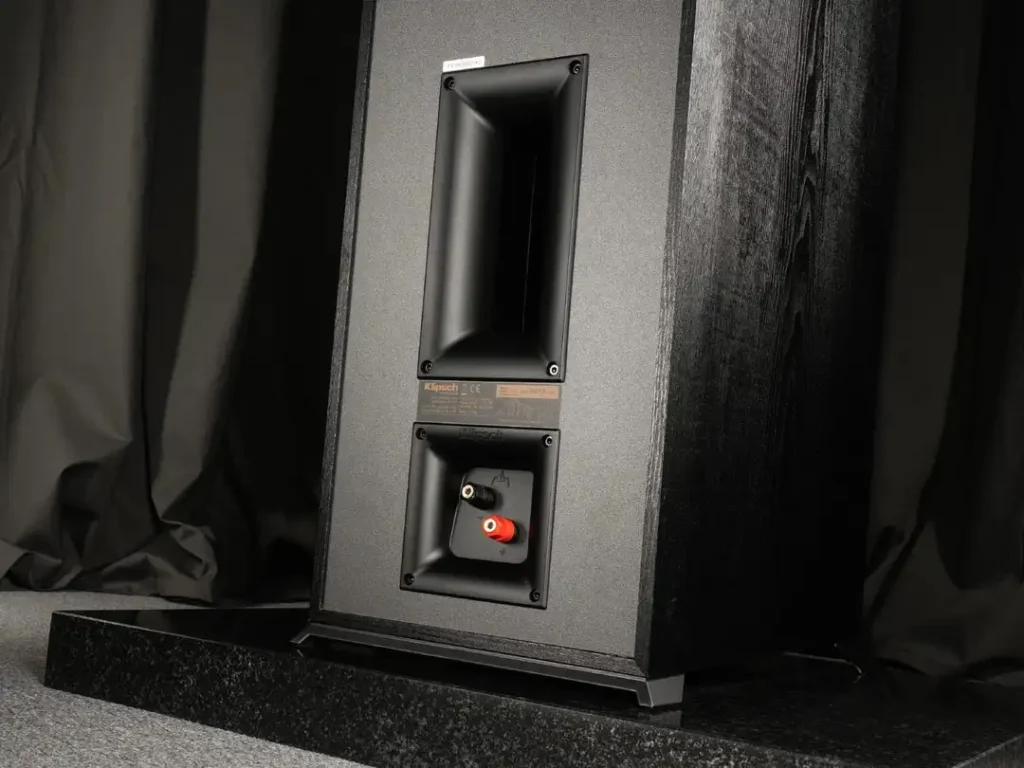
These improvements more than justify the difference in price and, in some aspects, even exceeded our expectations. At the same time, all the advantages of the Klipsch Reference line are preserved in full: a realistic and comfortable top-end, a three-dimensional stage, incredible rhythm, and predictable in-room behavior. The R-820F isn’t just a bigger speaker; it’s a better one in every meaningful way.
Pros & Cons
PROS
- Deep, powerful, and accurate bass response.
- Highly detailed and expressive sound across the entire frequency range.
- Excellent rhythm and macro-dynamics, perfect for energetic music.
- Huge, three-dimensional soundstage.
- Controlled sound dispersion simplifies room placement.
CONS
- An imposing size requires a large room to perform optimally.
- Needs a powerful, high-quality amplifier to sound its best.
- The aggressive design and single color option may not suit all decors.
Klipsch R-820F Specifications
| Specification | Detail |
| Type | 2-Way Floorstanding Speaker |
| Tweeter | 1″ (25mm) Aluminum LTS dome in a Tractrix Horn |
| Woofers | 2x 8″ (200mm) Spun-Copper IMG Cones |
| Frequency Response | 35Hz – 21kHz (±3dB) |
| Sensitivity | 97 dB @ 2.83V / 1m |
| Power Handling | 150W (Continuous) / 600W (Peak) |
| Impedance | 8 Ohms Compatible |
| Crossover Frequency | 1700 Hz |
| Acoustic Design | Rear-firing Tractrix Bass-Reflex Port |
| Dimensions (H x W x D) | 43″ (1093mm) x 10.9″ (277mm) x 17.5″ (443mm) |
| Weight | 54 lbs (24.5 kg) |

